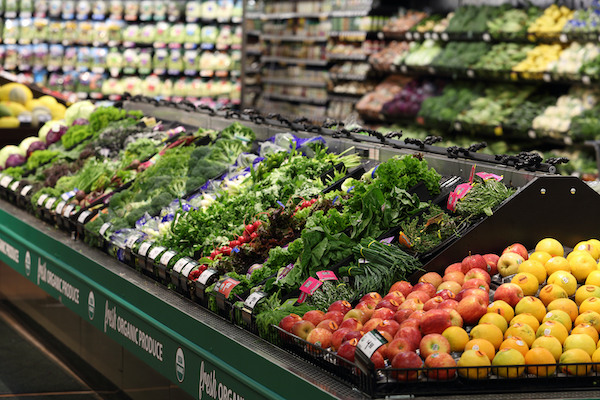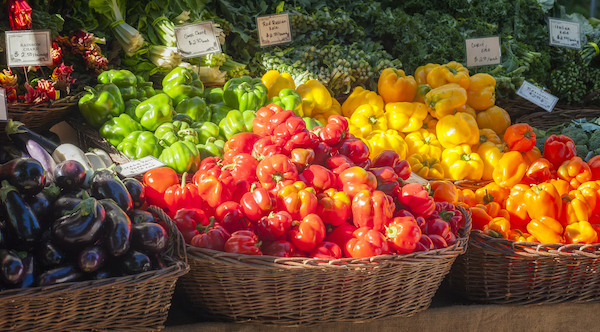While the trend of locally produced fruits and vegetables has been growing with consumers in the past years, there is another trend which has been gaining momentum a bit more quietly: seasonal produce.
According to Anne-Marie Roerink of 210 Analytics, “seasonal produce is as popular as local produce.” The popularity of these items ties into the consumer’s desire for healthy and sustainable foods. Roerink discussed this topic during the Power of Produce presentation held on February 28th, at the Southern Exposure event held in Tampa, Florida.

Defining ‘local’
While consumers are drawn to local and seasonal produce, it is important for the retailers to keep an open communication about what these words really entail. Chris Dove of White Lion Foods was part of the retail panel at the presentation. He explained: “We see that customers want products that are grown as close as possible to them. In order to successfully sell ‘local produce’ we need to be clear how local is defined – is it grown in the same community? State? Or country?”
Roerink added: “The pull of both local and seasonal products is the emotional drive behind them. Using these emotional drivers and alluding to them in the presentation of these products is important for increasing sales.”
Bringing farmers markets to stores
The money consumers spend on produce at non-retail location is important. These locations can range from farmers markets to roadside stands. The popularity of these locations ties back to the demand for local produce because these markets and stands sell produce that was grown right there in the area. “We need to think about what elements draw the consumer to these other locations, and how we can bring these elements to the retail stores,” Roerink explained.
“We love to connect our local produce back to our farms and suppliers in our stores. This gives the consumers some of that farmers market feeling,” Dove shared. Other ways in which the farmers market elements can be brought to stores is through the presentation of the products – in burlap sacks or wicker baskets, for example, to give the consumers the rustic feeling of these settings.

Transparency in packaging
In her research, Roerink found that one-third of consumers find functionality most important for their packaging, one-third finds it most important that their packaging has minimal environmental impact, and the final one-third want both functional and environmentally friendly packaging.
“This means that 2/3rds of consumers want functional packaging, and 2/3rds of consumers want sustainable packaging. But what’s more important is that 66% of the respondents said that they are willing to pay more for environmentally friendly packaging – as long as they understand why the purchase is helping the environment,” Roerink said. This means that there is more transparency needed about the ways in which a product’s packaging might or might not be impacting the environment for it to be successful on a consumer level.
Organics purchases level off
The organic category used to be a huge growth area for produce, but this has now levelled off. “This is, of course, partially tied to the lower sales of produce in general of the past years,” Roerink explained. “Most of the growth in the organic category is from existing buyers who are increasing their purchases, which means that there is a lot of room for expansion if we focus on bringing in new customers.”
When looking at the reasons consumers state for purchasing organic produce, the most cited reasons are health and sustainability, Roerink found. “We need to help shoppers connect with their produce items and give them more reasons to purchase organic products,” she shared.
For more information: 
Anne-Marie Roerink
210 Analytics LLC
Tel: +1 (210) 651-2719
Email: aroerink@210analytics.com
www.210analytics.com
